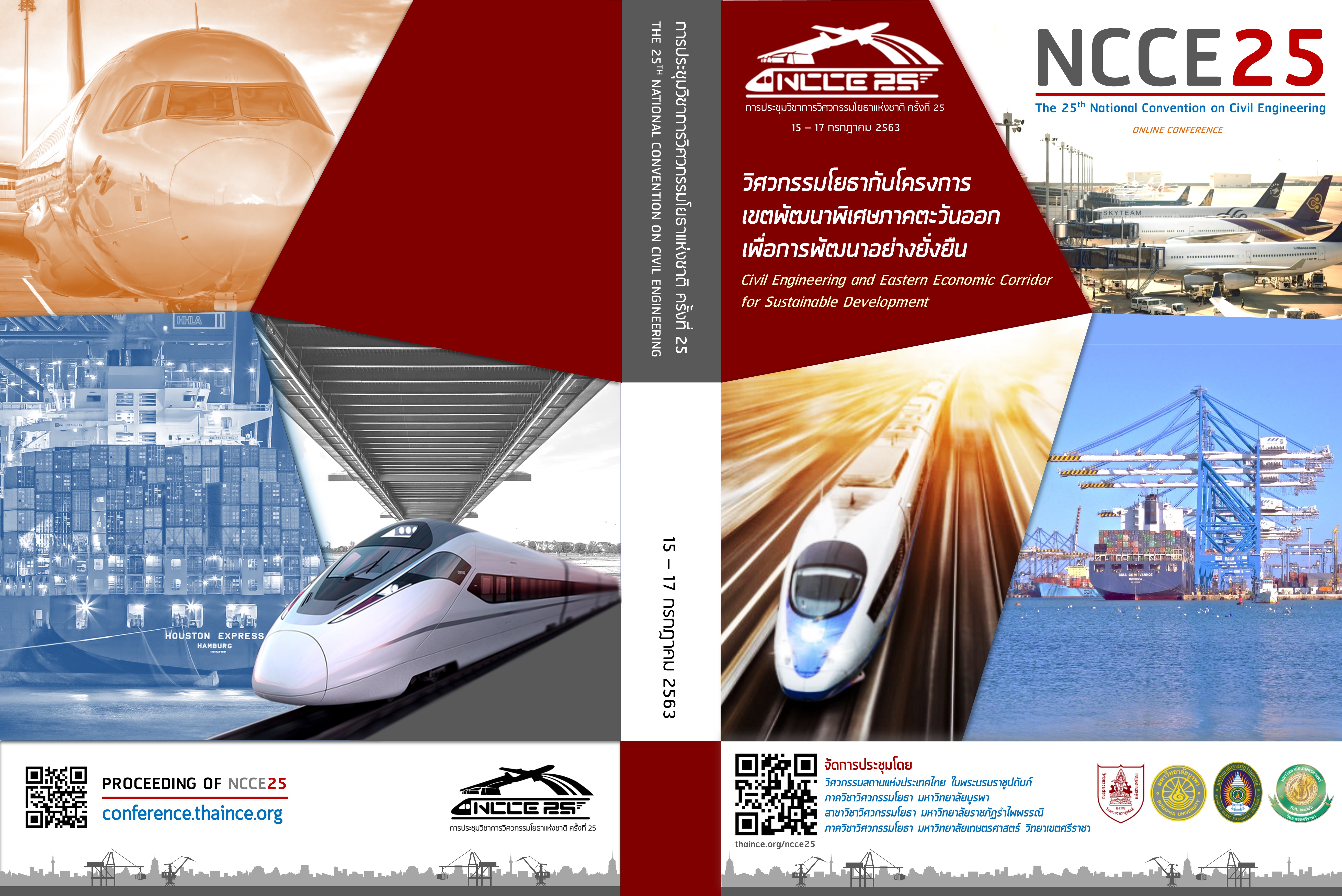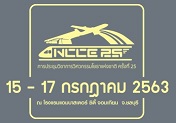Effects of tensile strength and spacing of biaxial geogrids on the compressive strength and deformation of reinforced sand
Abstract
The current concept design method of a geosynthetic reinforced soil (GRS) structure shows thatthe behavior of GRS structure reinforced with the same ratio of the reinforcement strength (Tult) toreinforcement spacing (Sv) provides the same result. However, many studies showed that this design concept is not very correct. Most of the previous studies are focusing on plane strain compression tests on soil reinforced with geotextile. In this study, biaxial geogrids, which are made from polyester having four different tensile strengths (i.e. 40, 60, 80 and 120 kN/m), wereused in reinforced sand specimens for triaxial compression test. In this study, the Tult/Sv values or TVR values 500, 1000 and 1500 kN/m/m, and thus the reinforcement arrangement pattern depends on the TVR value. This study aims to investigate the effect of Tult on the compressive strength when Tult is varied while TVR is fixed and the effect of TVR ratio when Tult is fixed. The results from this study show that the compressive strength increased by increasing TVR at the same Tult. Contrary, the compressive strength decreased by increasing Tult while keeping the same TVR. Also, the reinforcement spacing plays a much more important role than strength of reinforcement in a reinforced sand. Moreover, the sand reinforced with low Tult and low Sv provides the lower lateraldeformation than the sand reinforced with high Tult and high Sv.
Downloads
Copyright (c) 2020 The Engineering Institute of Thailand Under H.M. The King's Pratonage

This work is licensed under a Creative Commons Attribution-NonCommercial-NoDerivatives 4.0 International License.
บทความทั้งหมดที่ได้รับการคัดเลือกให้นำเสนอผลงานในการประชุมวิชาการวิศวกรรมโยธาแห่งชาติ ครั้งที่ 25 นี้ เป็นลิขสิทธิ์ของ วิศวกรรมสถานแห่งประเทศไทย ในพระบรมราชูปถัมภ์



